
Tesla letter to Semi Truck customers states limited production starting 2nd-half of 2020
Tesla hasn’t forgotten about the Semi Truck customers in the recent Cybertruck boom, actually, the Silicon Valley-based automaker has sent them a fresh new letter that discloses many things among the expected date of starting limited production and that is ‘second half of 2020’.
One of the Tesla Semi Truck reservation holders posted the letter on Twitter today that unfolds many details about what has been silently happening with the Tesla Semi program — Tesla (TSLA) has been testing the truck against harsh road conditions in both the real world and at the Fremont testing facility.
Tesla is also working closely with CharIN, an organization working to develop High Power Charging for Commercial Vehicles (HPCCV) — and standardizing CCS as the industry standard for heavy-duty electric vehicles. According to the CharIN website the heavy-duty electric vehicles like the Tesla Semi will be able to charge up to 1500V and 3000A.
Tesla Semi reservation holder Chris posted the letter in the following tweet and for reading ease I re-wrote everything in the text format you can read below, I also double checked the CharIN website if Tesla was a member, and yes Tesla is one of the many automakers listed on their website.
Actually I re-read the letter it says they will have limited volume production 2nd qtr of 2020. pic.twitter.com/A2hTYyTVdz
— chris (@chris31402370) January 9, 2020
to validate the email, Charin is a real organization and on its website is collecting the requirements for what it calls High power charging for commercial vehicles (HPCCV), which operates up to 1.5 MW and up to 1500 V 3000 A. Tesla is member of the org, according to the site
— Ryan Alvarez (@Ryan_Alvarez116) January 10, 2020
— X Auto - Tesla & EVs (@XAutoWorld100) January 10, 2020
Greetings again from the Tesla Truck Team! We recently wrapped up a great year, we achieved record production & deliveries, GAAP profitability, completed Gigafactory Shanghai ahead of schedule, launched new solar and energy products, and confirmed that we are on track to produce limited volumes of the Tesla Semi in the second half of 2020.
Over the last few months continued testing the trucks in real-world conditions. We also spent time at a proving ground to evaluate truck's resilience over rougher road conditions. Using instruments mounted on the vehicle, we collected road input data to ensure the trucks can handle severely degraded roads. At our own Fremont test facility, we subjected the trucks to a number of high energy discreet events such as curbs strikes, potholes, and other harsh inputs to confirm the truck is capable of Harding common hazards. Our test vehicles have held up great thus far and continue to impress. In addition to real-world tests, we also successfully completed several important engineering development checkpoints. As the truck's design continues to mature, those improvements are being rolled into our plans for building more production-representative vehicles, which we will have more details on next year. In the short term, the team is gearing up for several weeks of winter testing to validate the truck's performance in cold weather and low traction conditions. We are excited to share insights from the winter with you, as we will be able to highlight the major advantages of electric traction and motor control, which no diesel powertrain can match.
Over the last two years, we have also been actively engaged with CharIN, and industry working-group representing OEMs, customers, and charging equipment suppliers. CharIN has been working on to define a standard for charging heavy-duty electric vehicles, and we have shared our expertise in the hope to be able to share the good outcome of those conversations with you in the coming months — stay tuned.
Thanks again for your support
Tesla Truck Team
3500 Deer Creek Rd, Palo Alto, CA 94304
SemiSupport(at)tesla.com www.tesla.com/semi
CharIN has created a detailed PDF document they call ‘CharIN High Power Commercial Vehicle Charging – Task Force Aggregated Requirements’ from which I have extracted the following page that details some of the voltage, current, and charge cycle requirements.
Maximum DC voltage (continuous rating) is listed as 1500V, Maximum Current Design Target (continuous rating) as 3000A, and Charge Cycles as 20,000 — a Tesla Model 3 long-range battery has a life of 1500 cycles and that equates to 465,000 miles battery life — I am not a battery engineer but 20,000 cycles seems like a lot of battery life, even more than 1 million miles, let’s wait for the Tesla Battery & Powertrain Day 2020 for results or if you’ve any insights pls share it in the comments section below.
Just last month Tesla wrote an endorsement letter to the California Air Resources Board (CARB) for coming up with a first-of-its-kind ‘Clean Truck Rule’ that covers both Medium Duty (Cybertruck) and Heavy-Duty (Tesla Semi) trucks, in this letter Tesla suggests CARB that the requirements set for 2027 should be pushed back to 2024 in order to get better results from truck manufacturers (source PDF on ca.gov).
In the same document (read below in full), Tesla has predicted that it’s Class 8 fully-electric Semi truck will be hitting California roads within the next two years and it will be in ‘numbers’ — according to our research around 640 Tesla Semi-trucks have been reserved in 40+ orders from individuals, medium-sized businesses, and large corporate clients like UPS, FedEx, Pepsi, Anheuser-Busch (Budweiser), and many more.
Follow us on Google News ![]() to stay tuned with the most important Tesla updates, no clutter.
to stay tuned with the most important Tesla updates, no clutter.



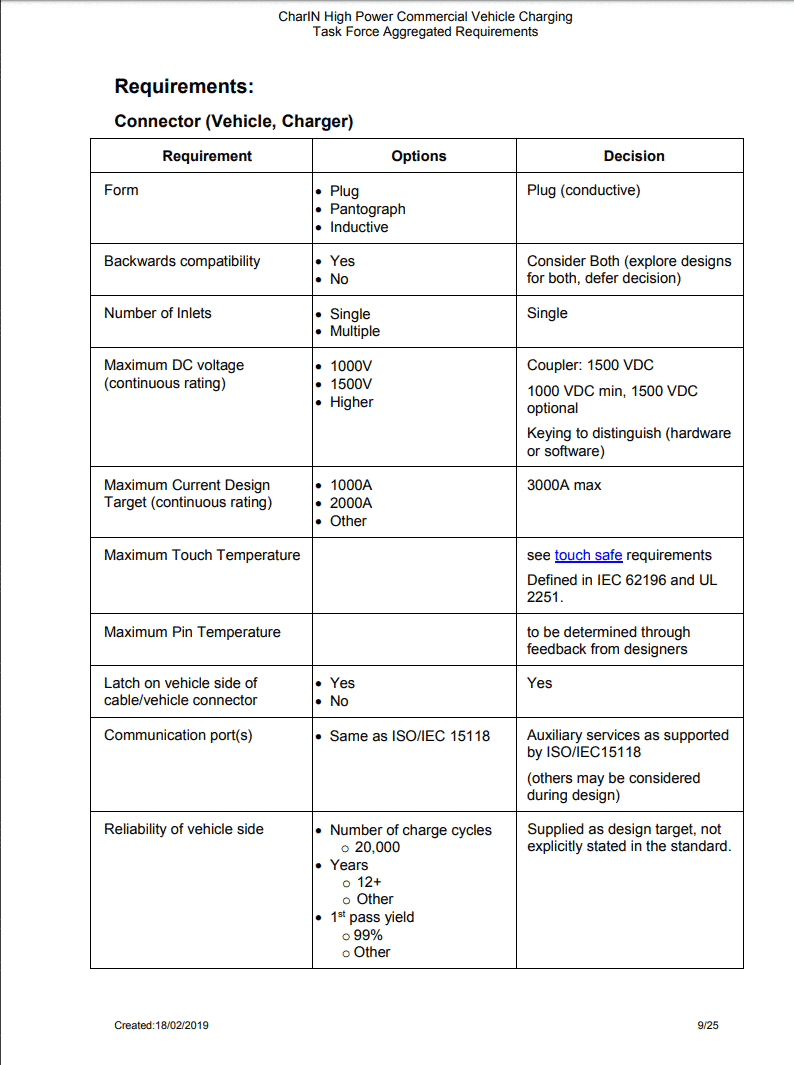


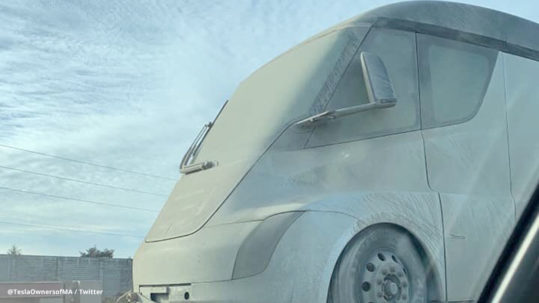

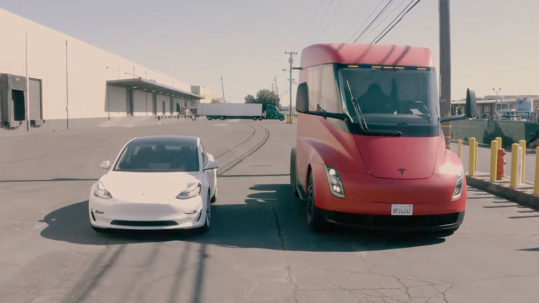
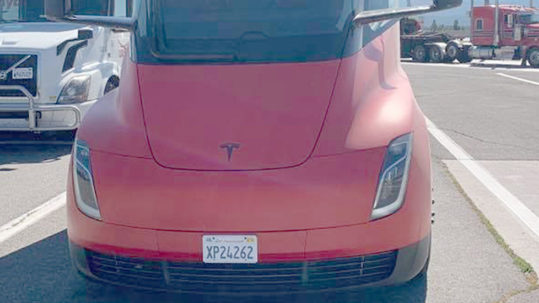

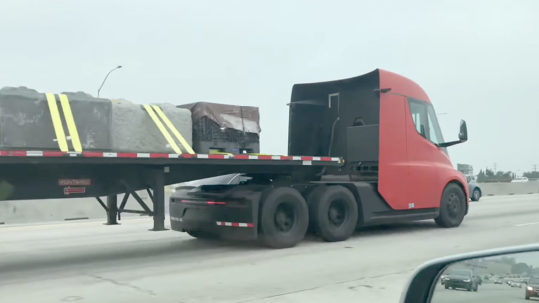
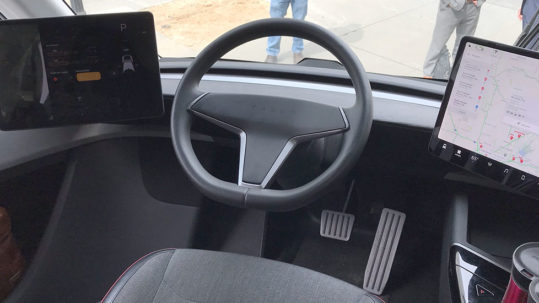
Chris P.
Posted at 19:34h, 10 JanuaryLooks like 20,000 cycles is the connector life rating not the battery life of the vehicle. Those specs are from CharIN, not Tesla.
Iqtidar Ali
Posted at 19:56h, 10 JanuaryYep, you’re correct, that must be the case…
Jim Stack
Posted at 17:57h, 20 JanuaryRolling out the Semi in 2020 will be great. I can’t wait ti start seeing them on the roads.
The I-17 in Arizona from Phoenix to Flagstaff is very steep. I’d love to test the Semi on that route in Winter and Summer. Most diesel trucks are only able to go 30 to 40 mph going up. Then they have to ride their brakes going down. Tesla will do great up and down.